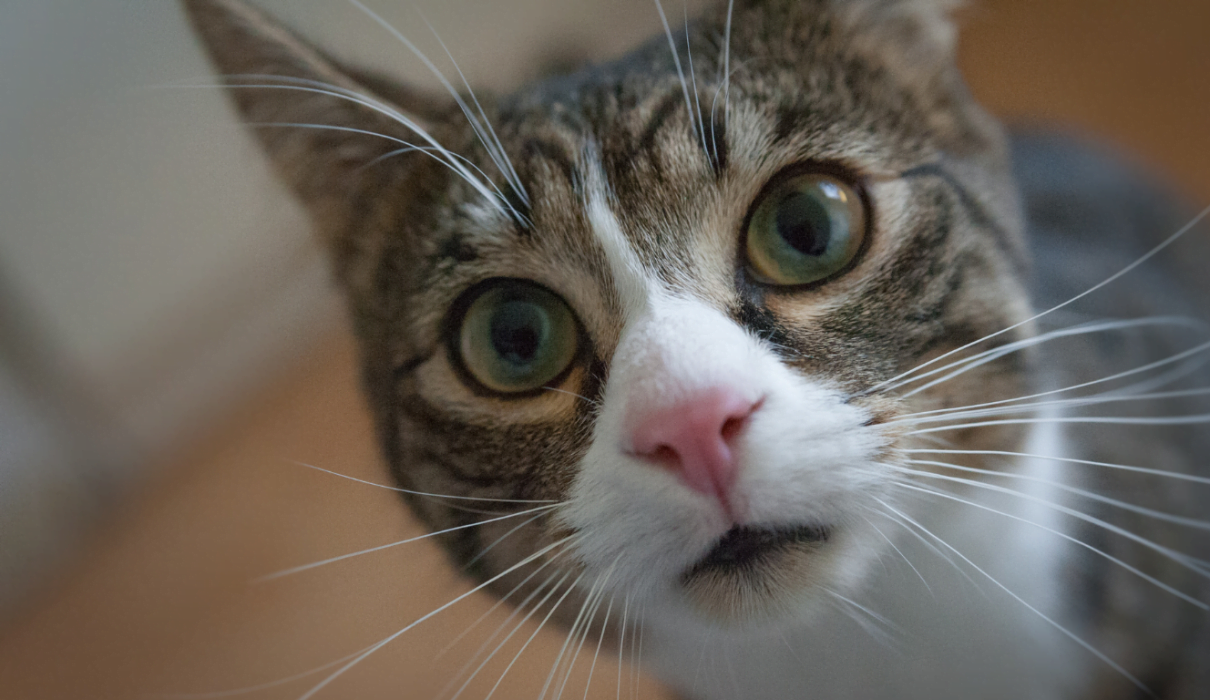Cats are amazing animals that have fascinated humans for thousands of years. They are cute, cuddly, curious, and sometimes mysterious. They can also be very smart, loyal, and playful.
Whether you are a cat lover or not, you might be surprised by some of the interesting cat facts that we have collected in this blog post.
Introduction of Interesting Cat Facts
Cats are one of the most popular pets in the world, with over 500 million domestic cats living with humans in various countries and cultures. Cats have been domesticated for at least 9,500 years, and they have a long and rich history of being worshipped, feared, loved, and hated by different civilizations. Cats have also influenced art, literature, music, and science with their beauty, grace, and intelligence.
Cats are not only adorable companions, but they also play an important role in human life. Cats can provide emotional support, reduce stress, lower blood pressure, and improve mood.
Cats can also help control pests, such as rodents and insects, and protect crops and food supplies. Some cats even have special abilities, such as detecting diseases, predicting earthquakes, or saving lives.
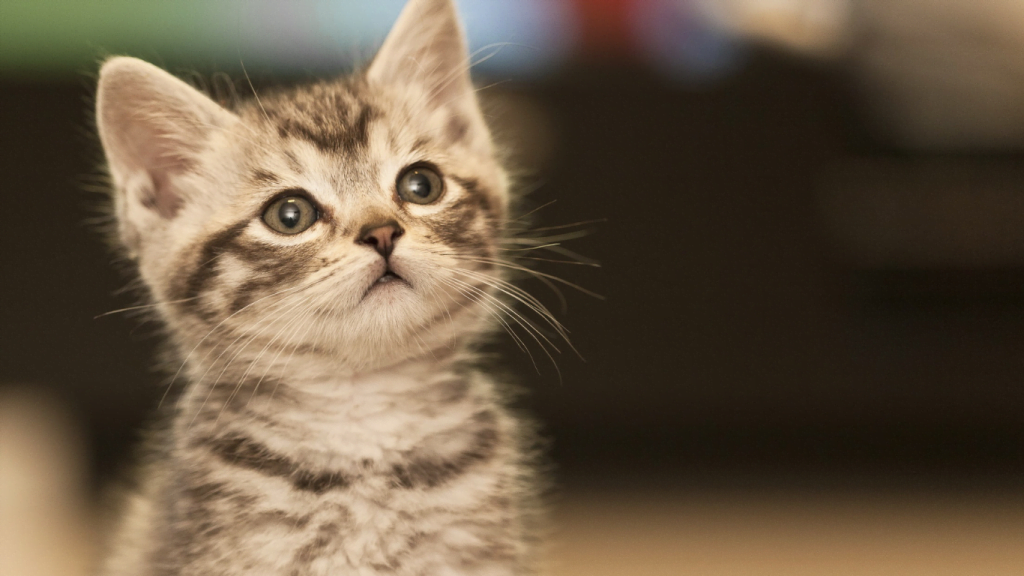
Important things about cats
Cats are not just furry balls of fluff. They have some unique features and abilities that make them stand out from other animals. Here are some important things about cats that you should know.
Cats are not sweet-toothed
Unlike dogs and humans, cats do not have a sweet tooth. Scientists believe this is due to a mutation in a key taste receptor that prevents them from tasting sweet flavors.
This makes sense because cats are obligate carnivores, meaning they need to eat meat to survive and thrive. Cats do not need carbohydrates or sugars in their diet, and they can get all the nutrients they need from animal sources.
Cats keep their head level while chasing prey
When a cat chases its prey, it keeps its head level with the ground. This is different from dogs and humans who bob their heads up and down while running. This helps cats to maintain balance and focus on their target. Cats also have excellent vision that allows them to see in low light conditions and track fast-moving objects.
“Bezoar” is the technical term for cat’s hairball
A cat’s hairball is not actually a ball of hair. It is a cylindrical mass of fur mixed with saliva and other substances that forms in the cat’s stomach or intestines.
The technical term for a cat’s hairball is “bezoar”, which comes from the Persian word “pād-zahr”, meaning “antidote”. In ancient times, people believed that bezoars had magical properties and could cure various diseases.
Cats can’t climb down a tree headfirst
Cats can climb up trees very easily due to their sharp claws and flexible bodies. However, they can’t climb down headfirst because their claws point in the same direction as their toes.
This makes it difficult for them to grip the bark while descending. To get down from a tree, a cat must back down or jump off. Sometimes, cats get stuck in trees because they are afraid to do either.
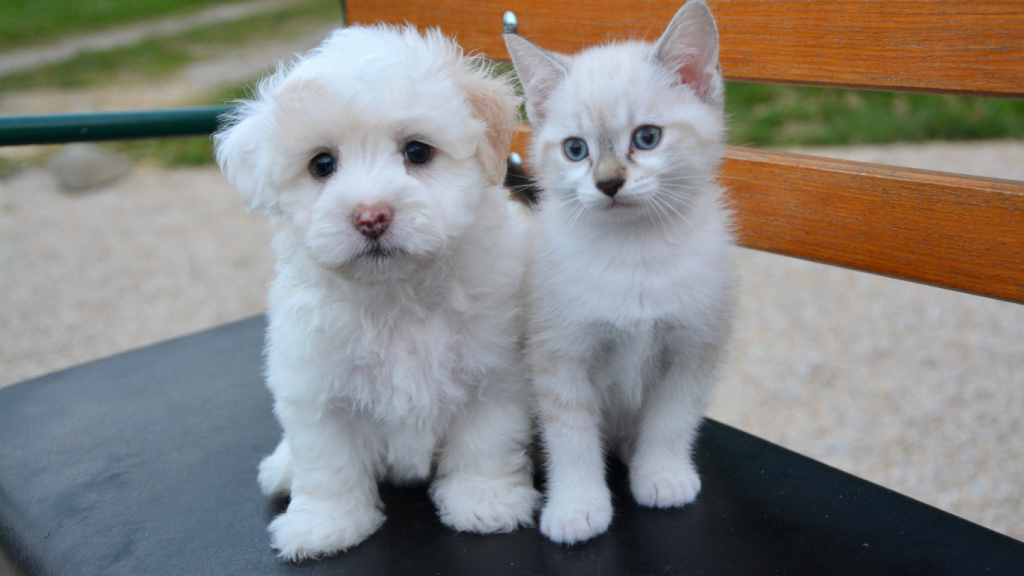
Why cats are smarter than dogs
Cats and dogs are both intelligent animals that have different strengths and weaknesses. However, some people may argue that cats are smarter than dogs for various reasons:
Cats are independent and self-sufficient
Cats are more independent and self-sufficient than dogs. They do not need constant attention, training, or supervision from their owners. They can take care of themselves by grooming, hunting, and finding their own sources of entertainment. Cats can also cope better with boredom and loneliness than dogs.
Cats have excellent memory
Cats have a remarkable memory that allows them to remember places, people, and events for a long time. They can also learn new tricks easily by observing, imitating, or experimenting. Cats can be trained to do various tasks, such as opening doors, using toilets, playing fetch, or solving puzzles.
Cats are more adaptable to change than dogs
Cats are more adaptable to change than dogs. They can adjust to different environments, situations, and lifestyles with ease. Cats can live in various habitats, such as urban, rural, or wild areas.
They can also tolerate different weather conditions, such as heat, cold, or rain. Cats can also adapt to different social settings, such as living alone, with other cats, or with other animals.
Cats are more observant and sensitive than dogs
Cats are more observant and sensitive than dogs. They have a keen sense of sight, hearing, smell, touch, and taste that allows them to perceive and respond to their surroundings.
Cats can also sense the emotions and intentions of their owners and other beings. Cats can communicate their feelings and needs through their body language, facial expressions, vocalizations, and actions.
Cats have a larger brain relative to their body size than dogs
Cats have a larger brain relative to their body size than dogs. The brain-to-body mass ratio is a measure of intelligence that compares the size of the brain to the size of the body. The higher the ratio, the more intelligent the animal is. Cats have a brain-to-body mass ratio of 0.9%, while dogs have a ratio of 0.8%.
Cats have a longer attention span than dogs
Cats have a longer attention span than dogs. They can focus on a task or an object for a longer period of time without getting distracted or bored. Cats can also switch their attention from one thing to another quickly and efficiently. This helps them to learn new skills and solve problems faster.
Cats are more creative and innovative than dogs
Cats are more creative and innovative than dogs. They can use their imagination and curiosity to create new ways of doing things or finding solutions to challenges.
Cats can also use their intelligence and skills to manipulate objects or situations to their advantage. For example, cats can use tools, such as boxes, balls, or strings, to play or entertain themselves.
Cats are more cunning and strategic than dogs
Cats are more cunning and strategic than dogs. They can use their intelligence and instincts to plan ahead and achieve their goals. Cats can also use their charm and charisma to influence or persuade others to do what they want. For example, cats can use their cute and adorable appearance to get food or attention from their owners.
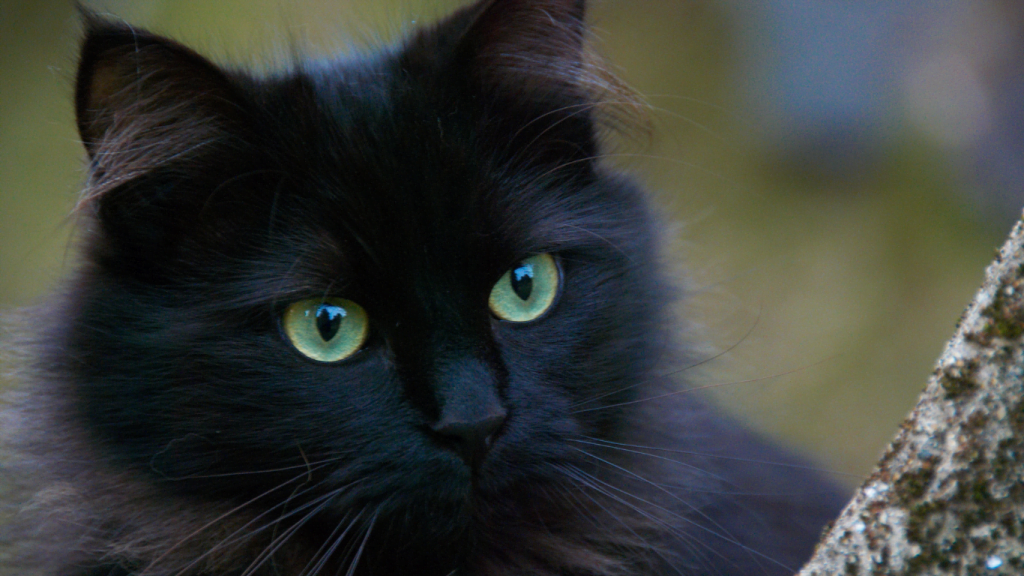
Are black cats smarter than other cats?
Black cats are often associated with superstition, bad luck, and witchcraft. However, they are also beautiful, elegant, and mysterious animals that have many admirers. Some people may wonder if black cats are smarter than other cats of different colors or breeds.
Explanation of the myth
The myth that black cats are smarter than other cats may have originated from the ancient Egyptians, who revered cats as sacred animals and worshipped a black cat goddess named Bastet.
Bastet was the goddess of protection, fertility, and joy. She was also associated with the sun, the moon, and the stars. She was depicted as a woman with a cat’s head or a black cat.
The ancient Egyptians believed that black cats were blessed by Bastet and had special powers and abilities. They thought that black cats could see in the dark, sense danger, and ward off evil spirits. They also believed that black cats could bring good fortune and prosperity to their owners.
However, not all cultures shared this positive view of black cats. In the Middle Ages, black cats were seen as symbols of evil and witchcraft. They were accused of being the familiars or companions of witches and devil worshippers. They were also blamed for causing diseases, disasters, and bad luck. Many black cats were killed or tortured by superstitious people who feared them.
Today, black cats are still subject to prejudice and discrimination in some parts of the world. They are less likely to be adopted from shelters or rescued from the streets than other cats of different colors or breeds. They are also more likely to be abused or harmed by people who still believe in the old myths and stereotypes.
Anecdotal evidence of black cats being smart
Despite the negative reputation of black cats, many people who own or love them claim that they are smarter than other cats. They have observed that black cats have unique personalities and behaviors that demonstrate their intelligence and charm. Here are some examples:
- Black cats are more curious and adventurous than other cats. They like to explore new places, learn new things, and try new experiences. They are not afraid of challenges or risks.
- Black cats are more loyal and affectionate than other cats. They form strong bonds with their owners and show them their love and gratitude. They also get along well with other animals and humans.
- Black cats are more expressive and communicative than other cats. They use their body language, facial expressions, vocalizations, and actions to convey their feelings and needs. They also understand their owners’ emotions and intentions.
- Black cats are more cunning and strategic than other cats. They can use their intelligence and skills to manipulate objects or situations to their advantage. They can also outsmart or trick their opponents.
These are just some of the anecdotal evidence of black cats being smart that have been reported by their owners or admirers.
Scientific research on the topic
There is not much scientific research on the topic of black cats being smarter than other cats. However, some studies have tried to investigate this topic and provide some insights and explanations.
One study was conducted by animal behaviorist Dr. John Bradshaw from the University of Bristol in England in 2012. He surveyed over 2,000 cat owners about their pets’ personalities and behaviors. He found that black cats were more friendly, confident, and relaxed than other cats of different colors or breeds.
He explained that this could be due to genetic factors or environmental factors. He suggested that black cats may have inherited some traits from their wild ancestors who were more adaptable and sociable than domesticated cats. He also proposed that black cats may have developed some coping mechanisms to deal with the stress and discrimination they face from humans.
Another study was conducted by psychologist Dr. Stanley Coren from the University of British Columbia in Canada in 2013. He analyzed over 100 cat intelligence tests that were posted online by cat owners. He found that black-and-white cats performed better than other cats of different colors or breeds.
He explained that this could be due to selective breeding or random chance. He speculated that black-and-white cats may have been bred for their intelligence or appearance by humans who favored them over other cats. He also acknowledged that his sample size was small and biased and that his results were not conclusive.
These studies show that there is some evidence that black cats may be smarter than other cats, but it is not definitive or consistent. It is possible that cat intelligence is influenced by many factors, such as genetics, environment, personality, experience, training, motivation, etc.
Black cats may or may not be smarter than other cats depending on how you define or measure intelligence. However, they are certainly beautiful, elegant, and mysterious animals that deserve respect and admiration.
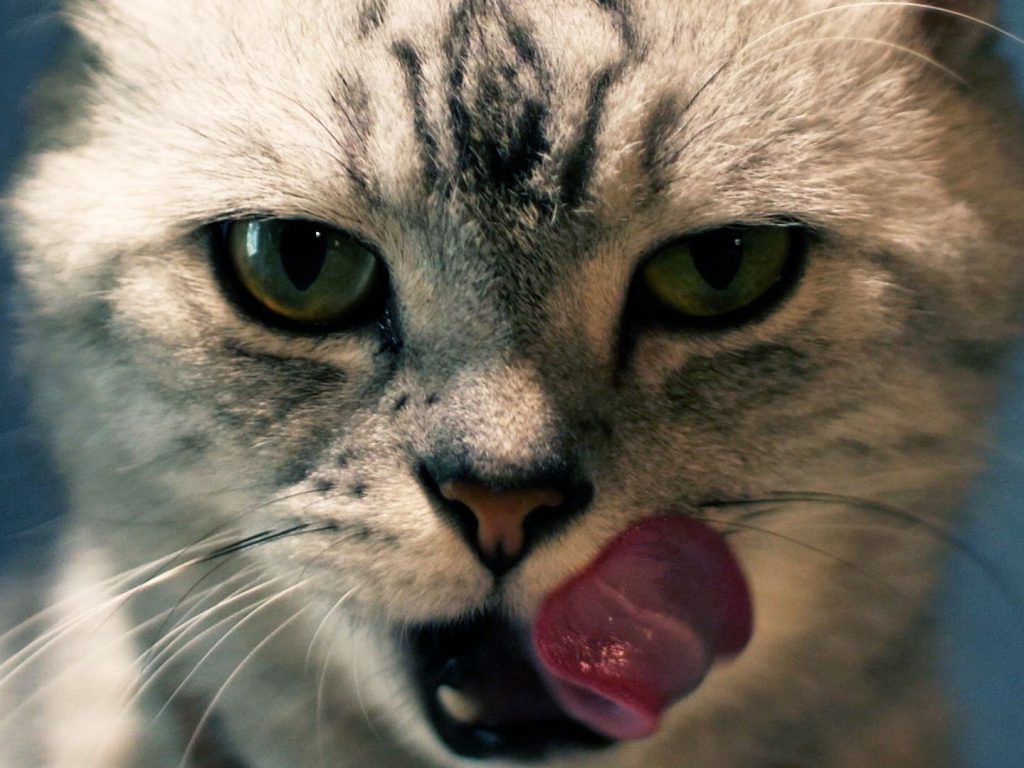
Do Cats eat their dead owners
One of the most disturbing and controversial facts about cats is that they sometimes eat their dead owners. This phenomenon has been reported by various sources, such as news articles, documentaries, and forensic experts. But why do cats do this? And how common is it? Let’s explore this:
Explanation of the phenomenon
Cats are not evil or malicious creatures that deliberately kill and eat their owners. They are simply following their natural instincts and survival strategies. Cats are opportunistic feeders, meaning they will eat whatever is available and convenient for them. Cats are also scavengers, meaning they will eat carrion or dead animals if they are hungry enough.
When a cat’s owner dies, the cat may not realize what has happened at first. The cat may try to wake up the owner by licking, nudging, or biting them. However, if the owner does not respond, the cat may become stressed, confused, and anxious. The cat may also feel hungry, thirsty, and lonely. The cat may have no access to food or water, especially if they are locked inside the house with the dead owner.
In such a desperate situation, the cat may resort to eating the owner’s body as a last resort. The cat may start with the softest and most exposed parts of the body, such as the face, ears, nose, lips, eyes, or fingers. The cat may also prefer to eat the owner’s body over other sources of food, such as plants or insects, because they are more familiar and appealing to them.
Anecdotal evidence of cats eating their deceased owners
There are many anecdotal evidence of cats eating their deceased owners that have been documented by various sources. Here are some examples:
- In 2014, a 49-year-old man named Peter was found dead in his apartment in Berlin, Germany. He had been dead for about two weeks. His two cats had eaten parts of his face and neck.
- In 2017, a 56-year-old woman named Janet was found dead in her home in Gresham, Oregon. She had been dead for about two months. Her two cats had eaten parts of her body.
- In 2019, a 79-year-old woman named Gaye was found dead in her home in Adelaide, Australia. She had been dead for about three weeks. Her four cats had eaten parts of her body.
These are just some of the cases of cats eating their dead owners that have been reported by the media. There may be many more cases that have not been discovered or publicized.
Research on the topic
There is not much scientific research on the topic of cats eating their dead owners. However, some studies have tried to investigate this phenomenon and provide some insights and explanations.
One study was conducted by forensic anthropologist Carolyn Rando from University College London in 2015. She examined 101 cases of human remains that were found in domestic settings in England from 2006 to 2013. She found that 25 cases involved animal scavenging, and 9 cases involved cats.
She observed that cats tended to scavenge on human remains that were already decomposed or skeletonized. She also noted that cats preferred to eat soft tissues such as muscles and organs over bones. She suggested that cats scavenge on human remains because they are hungry or curious, not because they are malicious or vengeful.
Another study was conducted by forensic veterinarian Alexander Stoll from Justus Liebig University Giessen in Germany in 2018. He analyzed 19 cases of human remains that were scavenged by cats in Germany from 2004 to 2017. He found that cats scavenged on human remains that were fresh or slightly decomposed.
He observed that cats tended to eat the head and neck regions of human remains more than other body parts. He also noted that cats showed no preference for gender or age of human remains. He suggested that cats scavenge on human remains because they are opportunistic feeders who take advantage of an easy food source.
These studies show that cats eating their dead owners is a rare occurrence. It is a natural behavior that can be explained by biological and environmental factors. However, it is still a disturbing and unpleasant fact that may shock and horrify many people.
In conclusion, cats eat their dead owners because they are hungry, stressed, or curious. They do not do it out of spite or malice. They do not know or care that their owners are dead. They simply see them as a source of food that can help them survive.
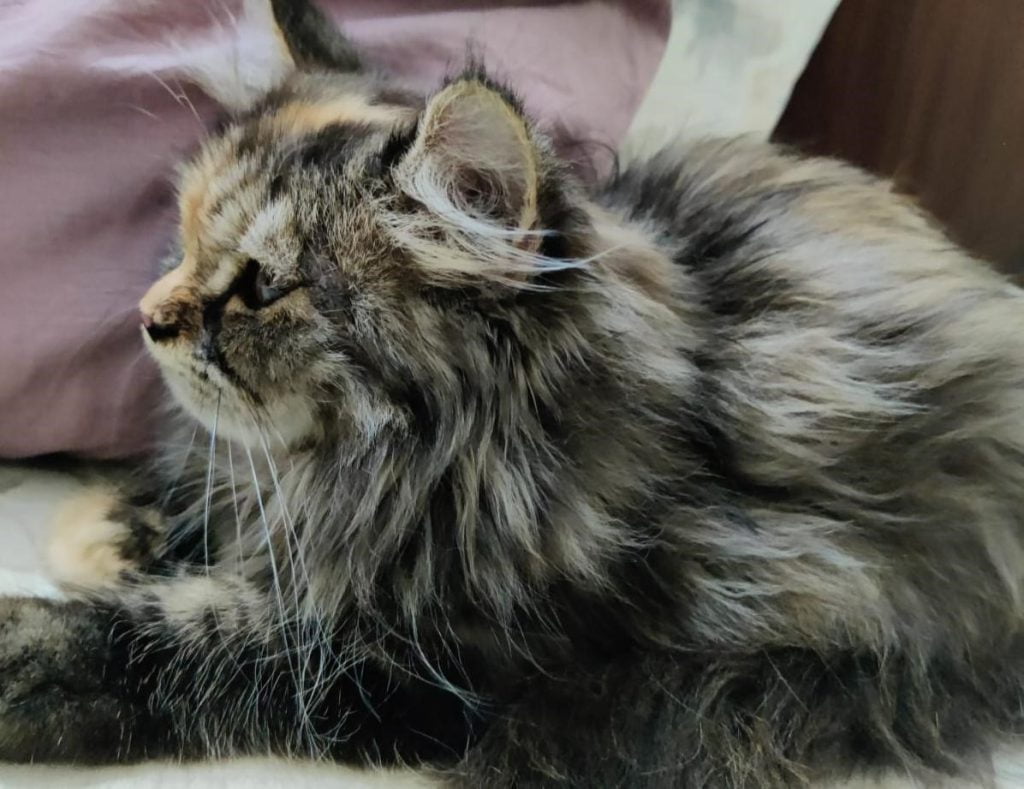
Female cat facts
Female cats are also known as queens or mollys. They have some unique characteristics and behaviors that distinguish them from male cats.
Female cats are more vocal than male cats
Female cats are more vocal than male cats. They tend to meow, purr, hiss, growl, and chirp more often and louder than male cats. This is because female cats use their vocalizations to communicate with their kittens, mates, or rivals. Female cats also have a special vocalization called a “call” or a “mating cry” that they use when they are in heat or ready to mate.
Female cats have better memory than male cats
Female cats have better memory than male cats. They can remember places, people, and events for a longer period of time and with more accuracy than male cats. This is because female cats have more estrogen receptors in their hippocampus, which is the part of the brain that is responsible for memory and learning. Estrogen is a hormone that enhances memory and cognition in both humans and animals.
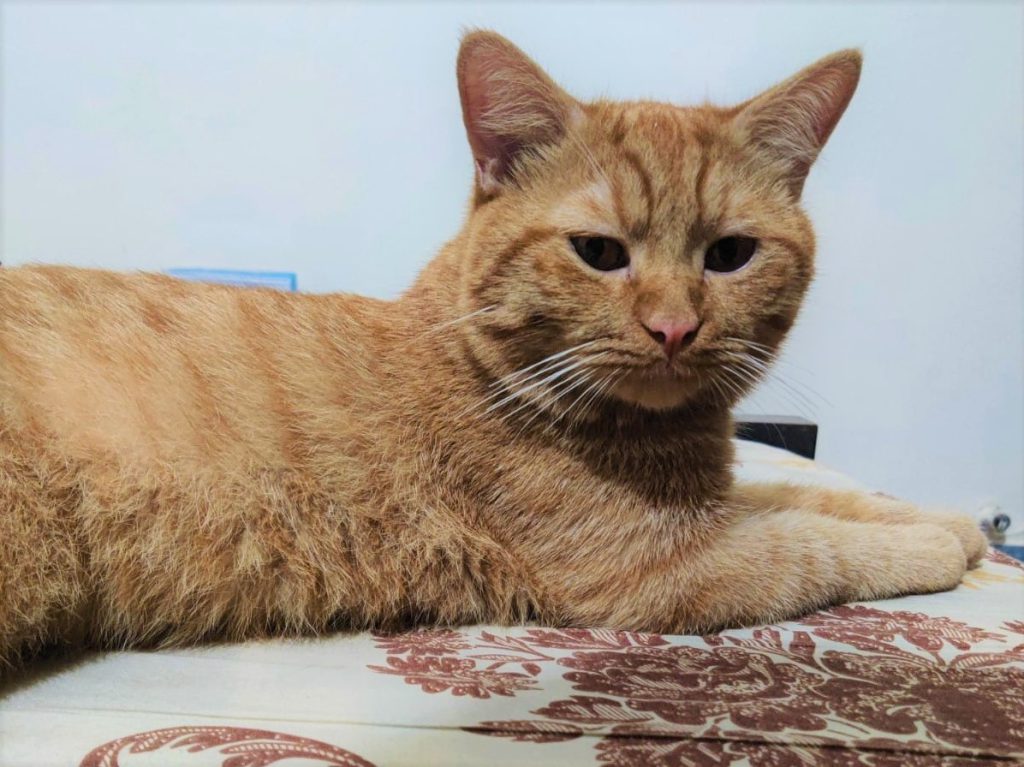
Male cat facts
Male cats are also known as toms or Gibbs. They have some unique characteristics and behaviors that distinguish them from female cats.
Male cats are more aggressive than female cats
Male cats are more aggressive than female cats. They tend to fight, scratch, bite, and mark their territory more often and more violently than female cats. This is because male cats have more testosterone, which is a hormone that increases aggression and dominance in both humans and animals.
Male cats are more territorial than female cats
Male cats are more territorial than female cats. They tend to claim larger areas of land as their own and defend them from intruders or rivals. Male cats also mark their territory by spraying urine, scratching trees, or rubbing their scent glands on objects. Male cats can recognize their own territory and the territory of other cats by their smell.
What to know about male cats?
Male cats have some special needs and issues that owners should be aware of and take care of. Here are the some of the things that owners should know about male cats and how to help them live a healthy and happy life.
Male cats can be neutered to prevent unwanted behavior
One of the most important things that owners should do for their male cats is to neuter them. Neutering is a surgical procedure that removes the testicles of male cats.
This reduces the production of testosterone, which is the hormone that causes most of the unwanted behavior in male cats, such as aggression, territoriality, spraying, roaming, fighting, and mating.
Neutering has many benefits for male cats and their owners. Neutered male cats are more calm, friendly, and affectionate than intact male cats. They are less likely to mark their territory with urine, scratch furniture, or escape from home.
They are also less likely to get into fights with other cats or animals, which can result in injuries or infections. Neutering also reduces the risk of unwanted pregnancies and overpopulation of stray cats.
Neutering can be done at any age, but it is recommended to do it before the male cat reaches sexual maturity, which is around 6 months old. This can prevent the development of some of the unwanted behavior and habits in male cats. Neutering is a safe and simple procedure that can be done by a veterinarian in a clinic or a shelter. The recovery time is usually short and the complications are rare.
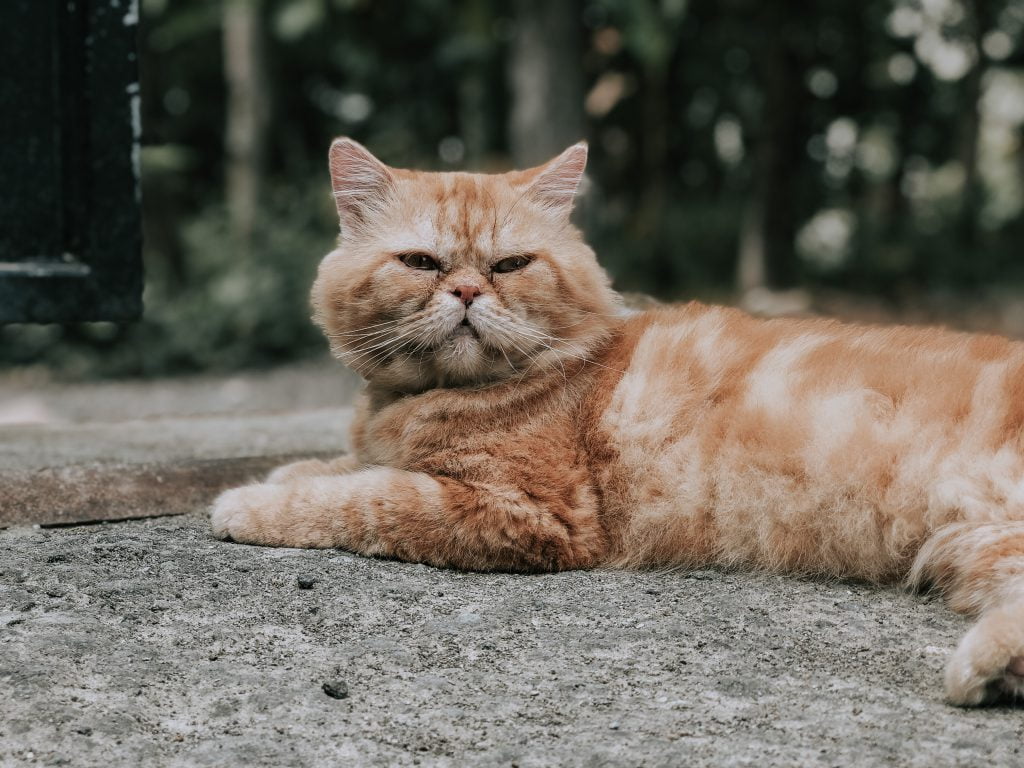
Neutering can prevent certain health problems in male cats
Another benefit of neutering male cats is that it can prevent certain health problems that are common or exclusive to male cats. Some of these health problems are:
- Urinary tract infections (UTIs): Male cats are more prone to UTIs than female cats because they have a narrower and longer urethra, which is the tube that carries urine from the bladder to the outside. UTIs can cause pain, inflammation, difficulty urinating, blood in urine, or blockage of urine flow. UTIs can be caused by bacteria, crystals, stones, or stress. Neutering can reduce the risk of UTIs by lowering the concentration of minerals and hormones in urine that can form crystals or stones.
- Feline lower urinary tract disease (FLUTD): FLUTD is a term that covers various disorders that affect the lower urinary tract of cats, such as cystitis, urethritis, urolithiasis, or urethral obstruction. FLUTD can cause similar symptoms as UTIs, but it can also be caused by other factors, such as diet, environment, genetics, or idiopathic reasons. FLUTD can be life-threatening if left untreated. Neutering can reduce the risk of FLUTD by lowering the stress levels and improving the urine quality of male cats.
- Testicular cancer: Testicular cancer is a rare but possible condition that affects the testicles of male cats. Testicular cancer can cause swelling, pain, or abnormal growths in the testicles. Testicular cancer can also spread to other parts of the body and cause other symptoms, such as weight loss, lethargy, or difficulty breathing. Neutering can prevent testicular cancer by removing the testicles completely.
- Prostate problems: Prostate problems are uncommon but possible conditions that affect the prostate gland of male cats. The prostate gland is a small organ that produces fluid that helps carry sperm during ejaculation. Prostate problems can include inflammation, infection, enlargement, or cancer. Prostate problems can cause difficulty urinating, blood in urine, pain in the abdomen or back, or fever. Neutering can prevent prostate problems by reducing the production of testosterone that stimulates the growth and function of the prostate gland.
These are some of the health problems that neutering can prevent in male cats. Neutering can also improve the overall health and lifespan of male cats by reducing their exposure to diseases and injuries from fighting or mating.
Conclusion
In conclusion, we have explored some of the most interesting and fun cat facts that will blow your mind. We have covered topics such as cat anatomy, behavior, history, culture, health, and intelligence. We have also shared some fun facts about different breeds, colors, and genders of cats.
We hope that you have enjoyed reading this blog post and learned something new and amazing about cats. If you have any questions or comments about this blog post or about cats in general, please leave them below. We would love to hear from you and answer your queries.


